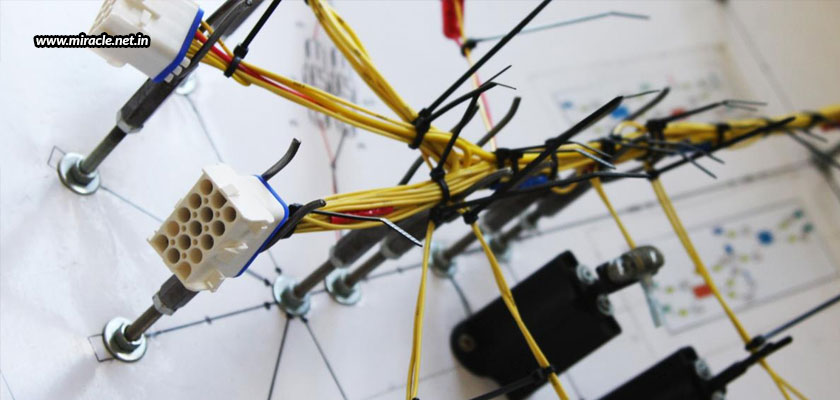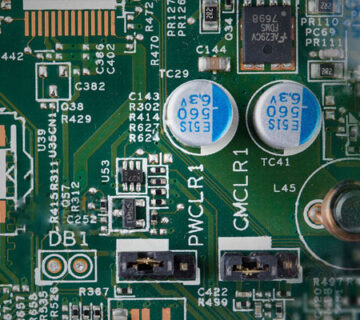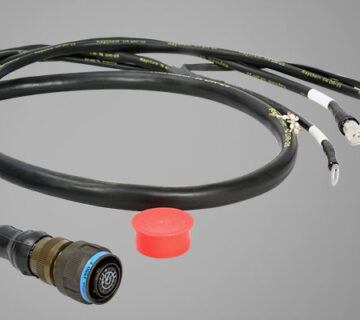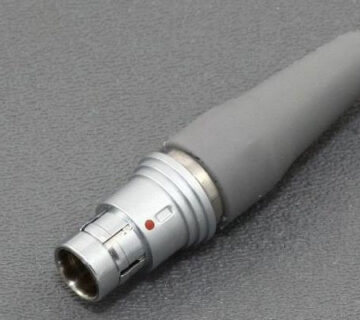The world that we live in today is full of machinery and automation; so we can’t imagine anything in this world being manufacturing without machinery; and lately automated machinery. Almost everything is being automatically manufactured, thus giving immense amount of time for individuals that can be invested elsewhere. But, the same is not in the case always with a cable assembly.
A cable assembly comprises of multiple cables grouped together, tied with cable ties, lacing, tubing, sleeves, straps, electrical tape, conduit, and more. While a simple cable assembly can comprise of as few as three components, complex assemblies can include a combination of different types of wires like hook-up wires, multi-pair cables, multi-conductor cables, coaxes, etc.
It is the design of the assembly that decides upon its simplicity or complexity, and the number of components being installed. Using a full-scale diagram, the wires are first cut to the required lengths with proper wire cutting machinery. The wire ends may be stripped of insulation at this stage. They can also be printed for easy identification. The wire ends are then attached to the required terminals or connectors, which is generally an automated process in the case of simple cable assemblies. The terminated wires are routed, assembled, and clamped together on a special workbench. The required ties, sleeves, lacing, and conduits are then finally fitted.
Now, with such a long process, imagine building complex cable assemblies with hand! It obviously takes time and effort, but the varieties of different processes and components involved makes it even more difficult to automate the procedure. This is the reason why all the processes are done manually by hand. These processes include installing terminated wires, conducting multiple crimps, binding various components with tapes and ties, running wires through sleeves/conduits, taping the assembly with fabric tape at branch-outs, and much more. With such complexity, manual production remains easier and more cost-effective than automation.
However, there are some parts of the cable assembly manufacturing that can be automated. These include cutting and stripping the ends of wires, crimping terminals on one or both sides of the wires, soldering the wire ends, and plugging the wires previously fitted with terminals into connector housings. Last but not the least, quality checking and testing of the cable assembly can be automated too, to check for electrical functionality of the harness. For this process, a test board is designed, which has mating connections for each termination of the assembly. This assembly is plugged into the test board and check for any electrical faults like shorts or opens.
Get in touch with Miracle Electronics, the leading cable assembly manufacturers in Germany, whenever you are looking for assemblies of any kind – EMI shielded assemblies, flat assemblies, RF assemblies, airborne assemblies, ribbon assemblies, military looms assemblies, and more. Every assembly is certified and approved by DGAQA and MSQAA for platform specific applications; with the production processes being certified for quality to ISO 9001, AS9100C; which means you have nothing to worry about in terms of quality.




